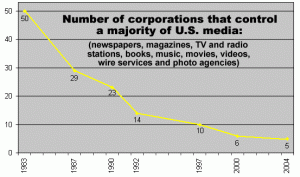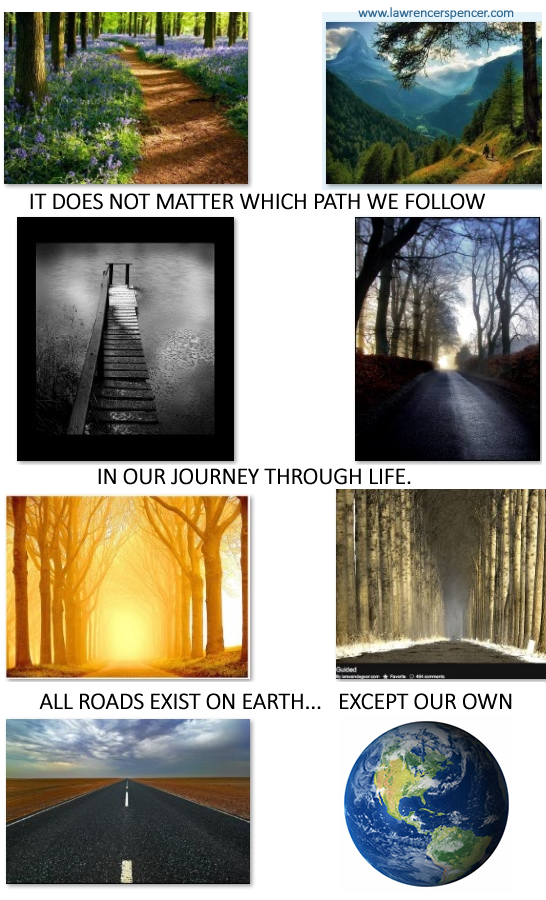Republished by Blog Post Promoter
 If you don’t believe mainstream media controls ALL the content you see on “the news” on television, you should watch this. All of the TV, radio, newspapers, magazines, and other mainstream media are owned and controlled by only 5 Global Corporations. They people who create the content and write the scripts are all employed by the same tiny cabal of miscreant slave masters. The CIA oversees every detail of what you are allowed to see on TV. Of course, if you don’t WANT to LOOK and see this reality, then excuse me for trying to help wake you up from your state of hypnotic slumber…. Or, you can simple turn your TV set OFF !!! Eventually, you will begin to regain consciousness.
If you don’t believe mainstream media controls ALL the content you see on “the news” on television, you should watch this. All of the TV, radio, newspapers, magazines, and other mainstream media are owned and controlled by only 5 Global Corporations. They people who create the content and write the scripts are all employed by the same tiny cabal of miscreant slave masters. The CIA oversees every detail of what you are allowed to see on TV. Of course, if you don’t WANT to LOOK and see this reality, then excuse me for trying to help wake you up from your state of hypnotic slumber…. Or, you can simple turn your TV set OFF !!! Eventually, you will begin to regain consciousness.


 -l
-l
 r-
r- ) Vulgar Slang
) Vulgar Slang